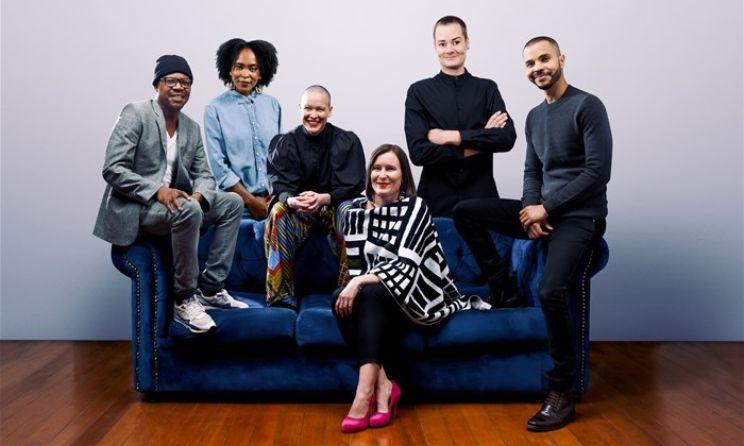By SAM VAN HEERDEN
Two years ago, artists and performers left the stage as the pandemic turned the arts world on its head. The absence of theatre, dance, exhibitions, and live music left a gaping hole in our lives and artists were challenged in ways never experienced before. The National Arts Festival (NAF) entered unchartered territory as it moved online.
But this year, the Festival is back in-person and with it the powerful experience of sitting in a darkened room and being immersed in distant worlds and sounds, encountering the uncomfortable, and sharing these memorable moments with strangers. We spoke to some of the Standard Bank Young Artist Award Winners about the power of live, in-person performance and why it is (or is not) irreplaceable.

“During this Covid period, I have enjoyed being based in Joburg and being able to watch and listen to the streamed concerts of my favourite musicians in New York, London, Mexico City, and Lima.
“But I remember the first live concert I went to after lockdown. It was Carlo Mombelli playing as part of the North-West University annual concert series.
“It was only when I was sitting in this plush hall listening to Carlo and his ensemble that the extreme range of emotional and acoustical dynamic only available in a live musical performance came rushing back at me.
“Every tiny physical gesture shared between the musicians was visible and available to the audience. The huge sonic collapse of every decrescendo and the noticeable bodily experience of every loud sound reverberating in my chest reminded me of the physicality of listening to live music. The feelings took my breath away in those moments as I remembered what it felt like.
“As a musician, I hope everyone can appreciate that same physical and emotional experience of sharing space with performers as we emerge into the new normal and a time where artists need and deserve audiences the most.”
Buhlebezwe Siwani (Visual Art)

“The past two years have been immensely difficult for the arts; the industry that we rely on has had to find other ways of existing and providing a semblance of a cultural experience. The shift to online during the past two was a great solution to the problem; however, we experienced the work differently.
“Being able to experience the Festival physically means we can use all of our senses and experience the work outside of the parameters set for us. We can experience the work as the artists intended, to hear and feel voices, to smell and see spaces, we can relate on an emotional level and not on one that relies on screens.”
Gavin Krastin (Performance Art)

“I do not necessarily think it is true that live performance is unparalleled. Numerous forms can parallel it, I think – it all depends on your concept and how and what you are trying to communicate, and that does not always have to involve live performance.
“Also, this concept of liveness is a rapidly evolving quagmire. I am showing recorded documentation of live physical action, and depending on what approach or theory I employ (or even how it is curated), I could argue the video artwork as live and also as not live.
“The plurality of the field is important to me, and such binaries between liveness and ‘not live’ is just limiting and divisive. I am more interested in the liveness and enlivening of the audience.”

“I find this moment quite daunting yet overwhelmingly exciting. We have been here before, yet we are coming back with so many uncertainties, and there is a great deal of wonder in that. We get to rediscover old favourites while introducing new flavours, smells, and conversations.
“There will always be a place for live art. To have that tangible experience cannot be replaced. Yes, we welcome the digital forum to the table, but this world is vast, meaning there is a home for everything. And now there is an opportunity for these two worlds to meet as they have done in the past. All I can say right now is I can’t wait to feel the electricity in the air as art, artist, and audience are reunited.”


